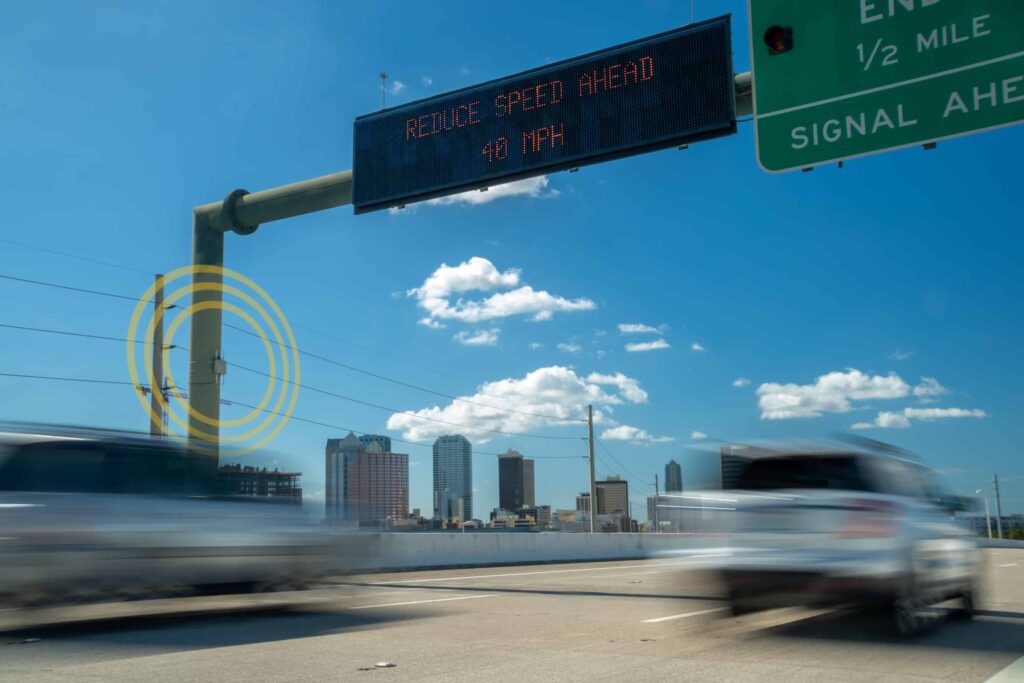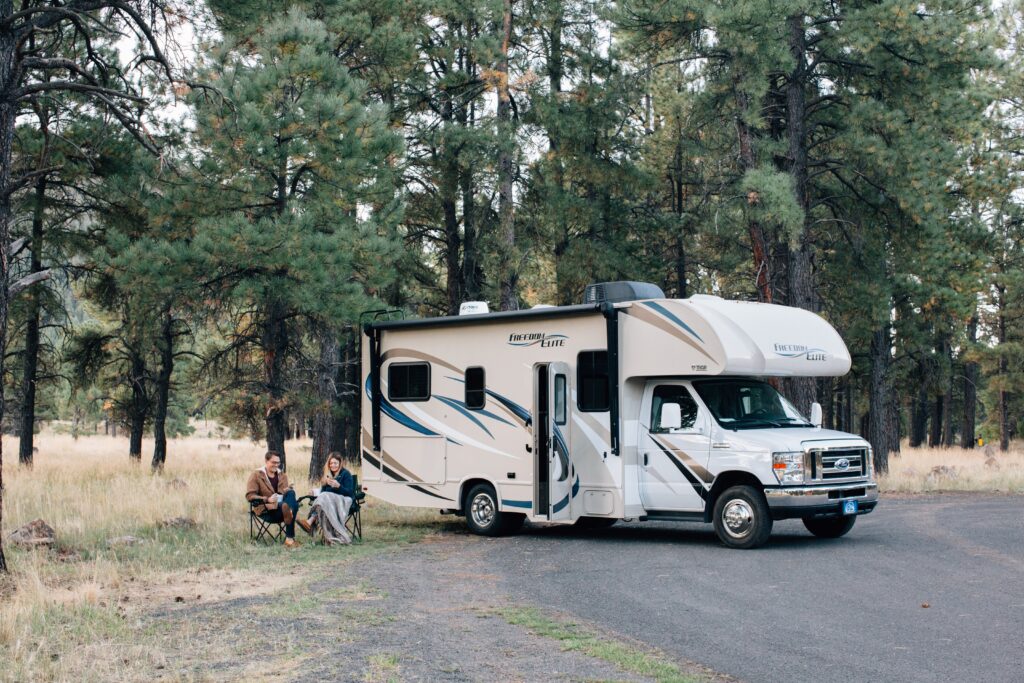
6 Myths That Are Hurting Your Automotive Technology Demonstrations
MARCH 9, 2021 // JEFF VARICK
I see automotive suppliers making the same mistake over and over when they demonstrate their automotive technology to OEM buyers. It’s a mistake that leaves money on the table (at best) and sometimes even loses the sale (at worst). These automotive suppliers demonstrate a technology that isn’t seamlessly integrated into a demonstration vehicle. At worst, they show the product on top of a table. At best, they do a demo vehicle but leave cables exposed, bulky components mounted on top of the dash, and boxes shoved under the seats. It’s a mess, and makes your innovative technology look like a makeshift, second-rate product. I see it time and time again, because OEM suppliers have bought into the myths of automotive technology demonstration. These myths make it feel acceptable to skip the seamless vehicle integration, but they come at a cost. Have you bought into one of these myths? If so, you’re missing revenue with every automotive technology demonstration.
Myth 1: Our Technology Doesn’t Call for an Entire Vehicle
Not every technology needs a full vehicle integration. Smaller tech displays can be demonstrated on the bench, but vehicle developments such as autonomous vehicle systems or active safety systems are best highlighted by a full driving experience. For these technologies, you want your customer to be able to envision how your product could look, and operate, within the vehicle. Your OEM customers don’t want to see exposed cables and components that should be integrated into the vehicle — they want to experience what the driver will experience. If you can impress them with a seamless product that looks, functions, and feels like it came out of the factory, you’ll close more deals, and at a higher price point.
Myth 2: Function Alone Will Knock Their Socks Off
Engineers love elegantly functioning technologies. For them, it doesn’t matter how things look, as long as they work smoothly and efficiently. But your OEM customers aren’t thinking like engineers, they’re thinking like their own customers. They want your tech to look impressive. Your product could be the most innovative equipment in the vehicle. But if your demonstration is designed purely for functionality, you need to be aware that it’s going to look rough. When you show up with wires exposed, laptops mounted on the dash, and lidar bolted to the roof, your demonstration vehicle will actually play against your efforts. If you’re like Edison in the lab trying to show that a concept works, go with function over form. But if you’re trying to sell a product, you’ll need to capture the customer’s imagination.
Myth 3: Our Temporary-install Demo Vehicle Is Reliable
If you’re going to be demonstrating your technology multiple times, or over a long period of time, you need to know that it’s built to last. The last thing you want is to think it’s all set to go, only to have it flake out on you at the moment of truth. We’ve seen it happen before. You show it a couple times, then someone accidentally kicks the cables out of place or they snag the plug. Because it’s as easy to pull apart as it was to put together, your staff development engineers use it as a development vehicle and start pulling wires and parts in and out. If it’s only temporarily installed, it won’t last long. One OEM supplier came to us after a demo went awry. They delivered the demonstration vehicle to an auto manufacturer. Everything was set up and the customer’s decision makers were there. But when they began the demo, the system didn’t work. With all the wires exposed, it was easy for engineers to get in and make changes on the fly. Apparently, someone had made changes before the demonstration, but they didn’t reconnect it properly. Instead of impressing the customer, they had to hustle and call in the one person who had the proper connection configuration in his head. When you commit to truly building your system into the vehicle, you’re also committing to higher quality, longer lasting reliability, and greater robustness. You know it’ll work when you need it to work.
Myth 4: We Can Integrate the Technology Ourselves
Some teams choose to handle the vehicle integration in-house, before doing a thorough cost/benefit analysis. Before you go this route, ask a few questions:
- What are the pros and cons of building a demo vehicle internally?
- Do we understand our actual costs, labor, and opportunity costs of integrating in-house?
- Do we have all the resources we’ll need for a high-end integration?
An in-house vehicle integration means you’ll be pulling people off of other projects, and that you’ll need to absorb all of the ongoing maintenance and system changes. If you’re willing to take on those costs, make sure you have specialists on hand who can deliver each of these activities:
- Part prototyping
- CAD modeling
- 3D printing
- Fiberglass and metal fabrication
- Painting
- Display radio integration
- Electrical wiring and integration
At Brandmotion Solutions, we have specialists in each of these categories who are masters in the craft. They work in these areas every day, and they can turn around a project with optimal efficiency.
Myth 5: Outsourcing an Integration Is Too Much Trouble
Customers sometimes come to us thinking that an integration project will require a lot of work on their end — lots of sketches, demo properties, and specifications. It’s a lot of trouble, and it just won’t be worth it to outsource a vehicle integration. Not only is it less trouble than they expect, it’s also less trouble than doing the project in-house. The truth is, a good builder with the right creative staff only needs to have the vehicle and a conversation with you. Our clients drive their vehicle to us and do some hand waving. They tell us what they want during a single meeting that takes less than an hour, and we come back to them with sketches — sometimes the same day. More often than not, because our standard is so high, we present exactly what they’re looking for the first time. We can deliver those results because we’ve been where they are. We come from the auto manufacturing industry, and we understand what our customer — and their customers — need from us.
Myth 6: We Don’t Have the Time or Budget for a Vehicle Integration
In many cases, companies spend all their available time perfecting the technology, but short-changing the seamless integration appearances. They assume they can’t get the vehicle beautified and cleaned up in time. This is where outside partners can shine and take your demo vehicle to the next level. Even if you only have a week or two in your timetable, that’s often all we need to refine a demo vehicle and deliver a factory-level integration. Likewise, integrated budgets can run a lot less than companies expect — even tens of thousands of dollars less. It often pays to get a quote. Think of it this way: it won’t cost you a thing to start a conversation with a partner like Brandmotion Solutions. If there’s any way that our vehicle integration can help you close more deals at a higher price point, you can only come out a winner. Find out why our customers keep coming back to us for all of their demonstration vehicle integrations. Reach out today.




